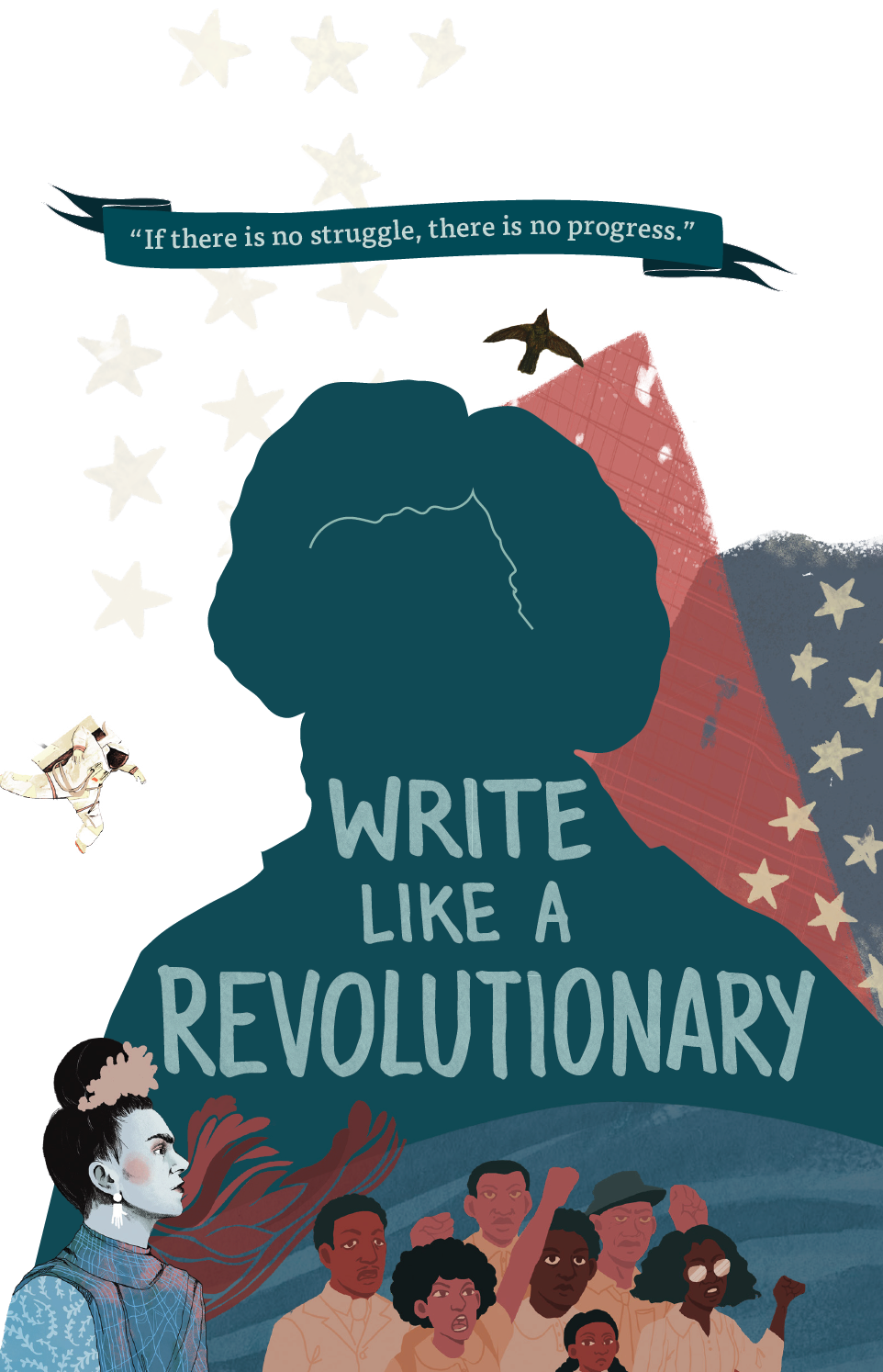Writing

Students in the middle grades are invested in becoming effective communicators. Their thinking about text is gaining nuance, yet their grasp of sentence structure and their skill with using textual evidence often trails behind this complexity of thought. The Amplify writing program provides students with frequent practice with the types of writing called out in the standards. More importantly, it gives students ample practice figuring out what they notice and think about a subject that matters to them, then finding just the right words to communicate their thinking to readers.
Getting started with writing in Amplify
The Get Started lessons in the first unit of each grade begin with short narrative writing. Students start learning about writing as an opportunity to express a particular point of view, to “show” a reader how they observe the world. Responding to prompts like “Write about one moment when you were nervous” helps students accomplish three important goals:
Build the writing-productivity muscle: The first ten days of instruction are designed to set up the habits and routines of a productive classroom community—most essentially, making sure that every student can produce 120–140 words (depending on the grade) in 10–12 minutes.
Jump-start key writing skills: In these narrative writing activities, students practice focusing on one moment from an experience and using precise observations to describe that moment.
Establish a community of readers and writers: The lessons provide materials and instruction to establish a structured writing routine: 10–12 minutes of independent writing with the teacher conducting short On-the-Fly conferences to support skill development, and a sharing session where students learn protocols for sharing their work with peers and providing targeted feedback.
The Reading/Writing connection: Writing to develop and communicate an idea
After the Get Started lessons, Amplify’s writing instruction draws students into more complex work with text. Two or three times a week, the close reading session is followed by a 10–12-minute writing session, where students focus on one claim in response to an argumentative or informational prompt, use evidence from the text in support of their claim, and use conventions to communicate clearly.
As students move from unit to unit, they continue to respond to these almost-daily Writing Prompts, with this same emphasis on the skills of a focused claim, developed use of evidence, and clear use of conventions. This consistency supports continued progress with skills that play a key role in both argumentative and informational writing. And while this work is progressing, Amplify’s Automated Writing Evaluation (AWE) provides continual measurement data about these skills each time a student writes, so teachers can understand patterns of progress, compare one piece of writing to another, and prioritize students for particular supports.
Summative essays: Writing to present and persuade an audience
These essay subunits move students through a 4–5-lesson writing process to plan, draft, revise, and polish a multi-paragraph argumentative or informational essay. These lessons build on the skills students have been developing in the writing activities of the core curriculum: Productivity, Focus, Use of Evidence, and Conventions. Students apply these skills to build structured body paragraphs around the same topic or theme, sequence and connect body paragraphs, formulate transitions between body paragraphs, write introductions that capture the logic of body paragraphs, create conclusions that begin to capture the larger meaning, and use rules of conventions and citations to produce a polished essay.
Writing in the Collections: Writing to answer a question
The research-based Collection units provide the same regular routines and essay activities as the other core units, but also have students conduct short research projects where they develop a research question, identify relevant and credible sources of information, and integrate information into a short piece of writing. In these units, students also work on a creative Writing Prompt, such as writing from the point of view of an actual Titanic passenger.
Supporting student writing: Providing targeted feedback and practice
Feedback plays a critical role in helping students meet the challenge of writing, which is why Amplify provides tools to help teachers give students regular, targeted feedback.
- On-the-Fly supports: The On-the-Fly supports embedded in each writing activity offer teachers guidance on how to provide effective over-the-shoulder support for each Writing Prompt.
- Written feedback tools: Amplify Classwork contains tools for teachers to efficiently review and assess students’ written work and provide students with small bites of feedback, allowing students to identify where and how they used a taught skill effectively.
- Spotlight: Spotlight is a digital app within the Amplify ELA digital curriculum that enables the teacher to easily highlight strong examples of student work and project these excerpts to use for instruction—or simply for student appreciation!
- Flex Days and Revision Assignments: The Revision Assignments built into the Flex Days and embedded within the early lessons provide regular instruction and opportunities for students to practice a taught skill, while also practicing the skill of revision.
Writing Rubrics
| Teacher | Student |
| Grade 6 | Grade 6 |
| Grade 7 | Grade 7 |
| Grade 8 | Grade 8 |